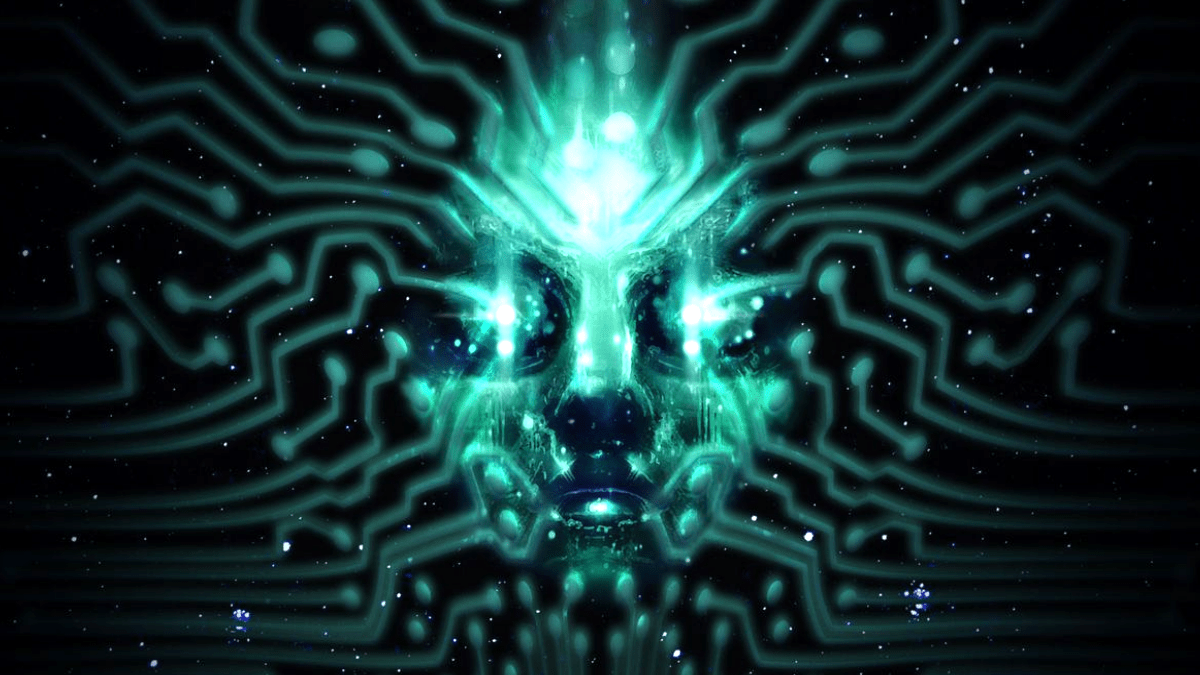1994’s System Shock has just gotten a long-overdue remake, and it’s already topping best-seller charts. The thrilling story of a lone hacker and a deranged artificial intelligence trying to outwit each other aboard a crumbling space station is being introduced to a whole new generation of gamers – many of whom may want to go back and check out the original. While System Shock 2 is well-remembered, the original is sadly often overshadowed by its sequel, despite being in many ways the better game.
Games like 1998’s Half-Life are deservedly remembered as the best FPS games of the decade, but much of Half-Life‘s sense of excitement, action, and spectacle had been captured by System Shock four years earlier.
Background
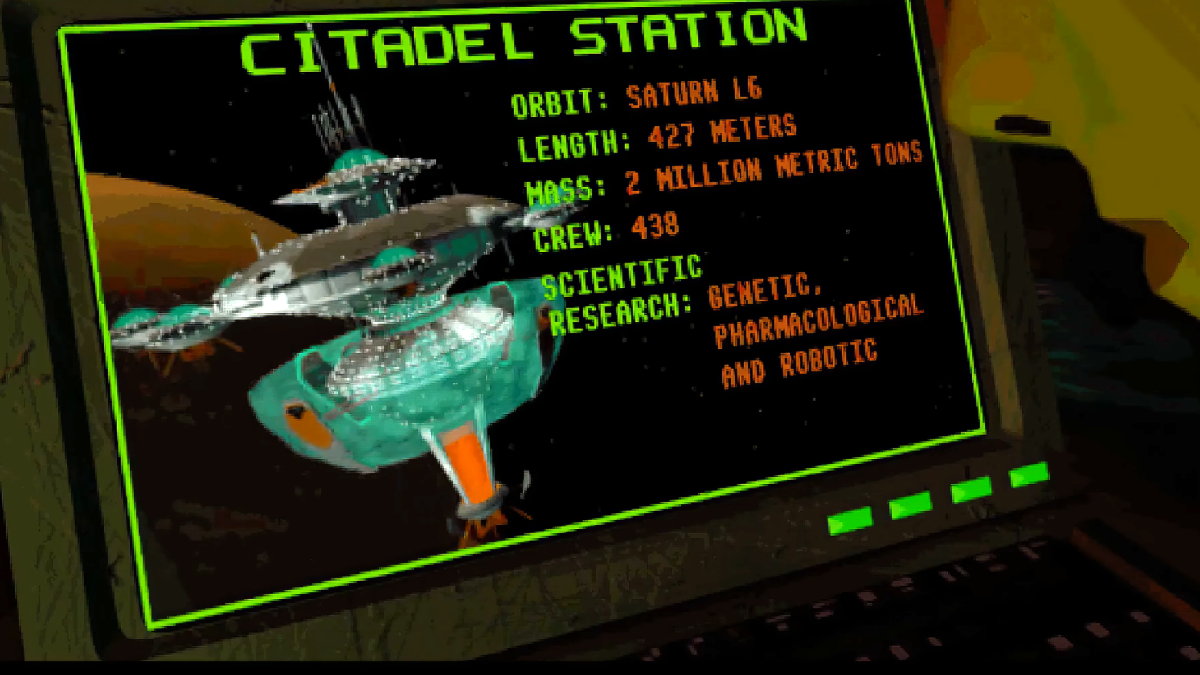
Coming only a year after the legendary Doom, System Shock offered a level of immersion that no other first-person game had achieved by that point. Looking Glass Studios, the developers behind System Shock, had previously worked on Ultima Underworld – widely considered to be the first-ever “immersive sim.” Their dedication to truly immersing the player in the game world was at the heart of their design philosophy. Ultima Underworld allowed players to run, jump, talk to NPCs, sort their inventories, and pick up just about any item they came across, all while exploring a full 3D world. Commonplace features in modern games, perhaps, but revolutionary for 1992.
By 1994, video games were just starting to really investigate the potential for having movie-like stories. The JRPG genre had already attempted cinematic storytelling with the likes of Final Fantasy, but by the mid-90s, action games like Wing Commander were combining fast-paced gameplay with detailed worlds and sprawling storylines. With System Shock, developers Looking Glass Studios placed players in a truly movie-worthy story.
Gameplay
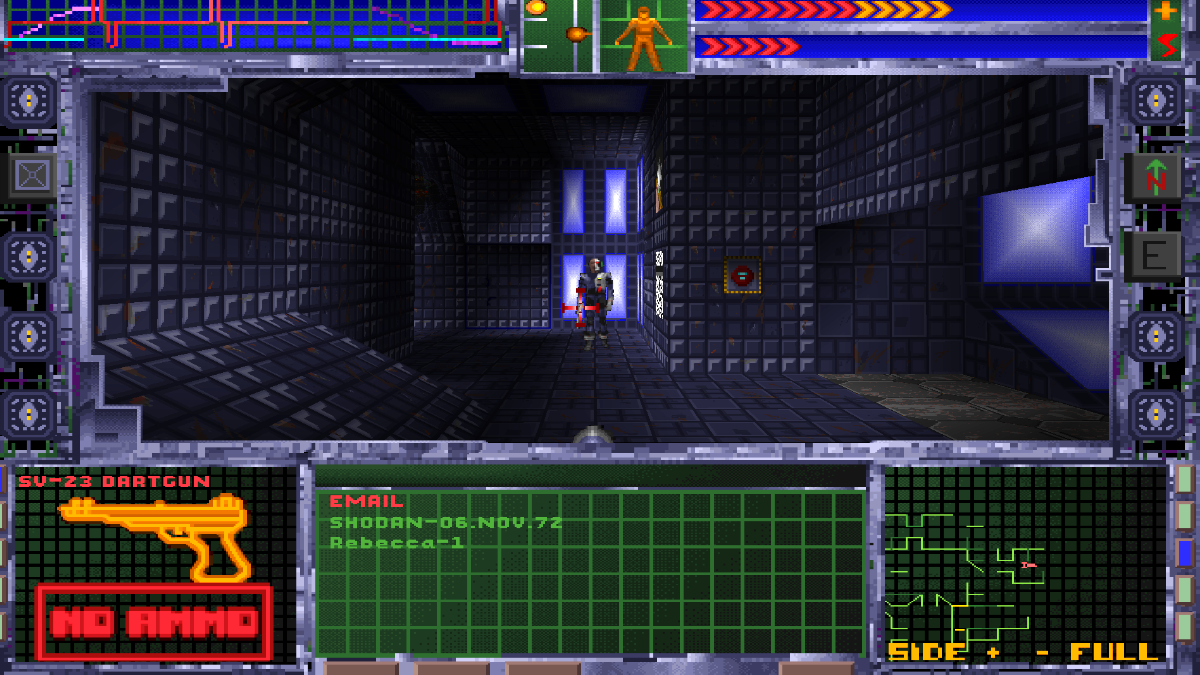
System Shock offered a very different experience from Doom. While Doom had taken the world by storm with its intense action and incredible accessibility, System Shock sacrificed some user-friendliness for the sake of a far greater range of control for the player – a comprehensive movement system meant the player could sprint, jump, fly (with the right enhancements), lean around corners, and aim their weapon at any point on the screen.
Additionally, while most FPS games of the era opted for a series of linear maps, System Shock simply places players inside a real scale model of a space station (Citadel Station), and leaves them to figure out their own way through, backtracking and finding new areas as they move between levels and gain keys and enhancements. Each deck feels wildly different and has its own theme, from the dark ruins of the Medical bay that you begin on and the cavernous Engineering section at the base of the station to the deformed remains of the Bridge at the very top.
The game also brought Cyberspace, a game-within-a-game in which players gained full 360-degree movement as they flew through wireframe computer networks, dodging antiviruses and collecting keycards.
SHODAN
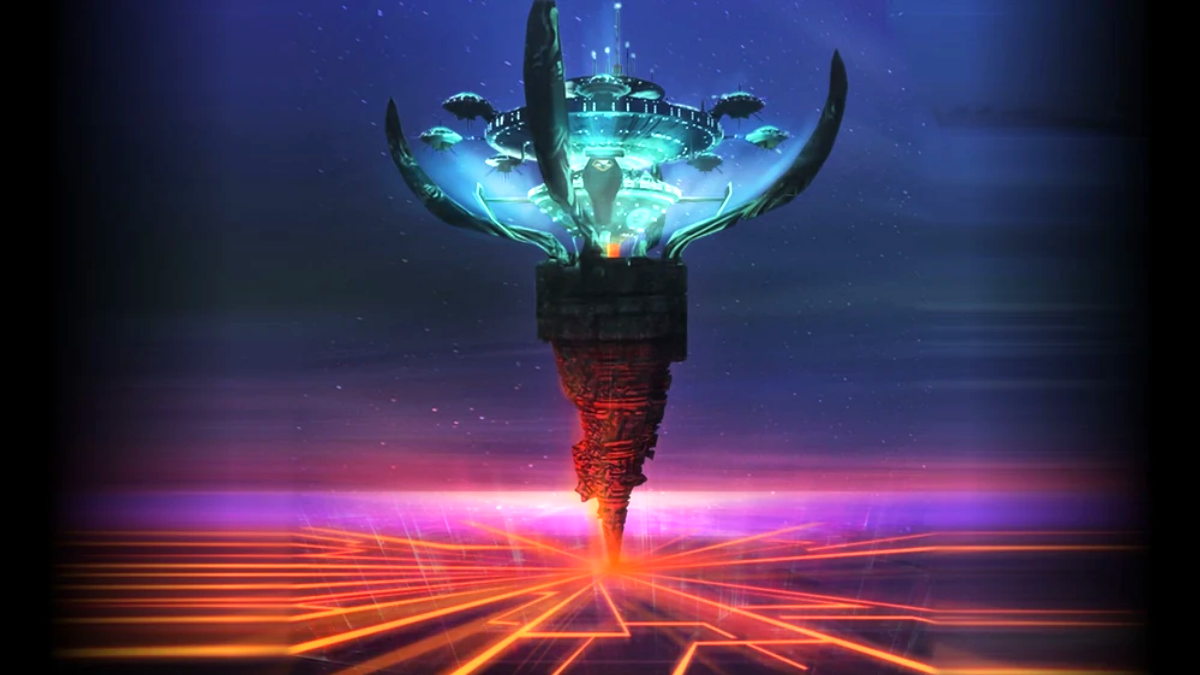
At the center of the story was SHODAN, the AI that oversees Citadel Station. The Hacker — the unnamed hero of the story — disables SHODAN’s ethical subroutines at the behest of a corrupt corporate executive, and is subsequently placed into a long medical coma to receive military-grade cyborg implants. Upon waking, he finds the station in disarray and almost everyone dead, SHODAN having gone berserk and laid waste to most of the staff and residents.
SHODAN is widely remembered as one of gaming’s best antagonists. Rogue AIs are a common trope in science fiction, but a mix of truly unnerving dialogue, delusions of godhood, a dark sense of humor, and a superb vocal performance by voice actress Terri Brosius cement SHODAN as one of the all-time greats. SHODAN’s preoccupation with becoming a machine-god is so complete that, at first, the Hacker’s reawakening goes unnoticed – only when you start tearing your way through the station, destroying security cameras and control nodes, do you suddenly find yourself becoming the AI’s number one enemy. You’re mocked and taunted every step of the way, and warned that any room you enter “will become your graaaave!” and that, if caught, “you will learn more about pain than you ever wanted to know.”
With SHODAN disgusted by all forms of organic life, your presence is about as welcome as a cockroach on a birthday cake, and you’re treated in much the same way. As the game goes on, you start to get the sense that your opponent is transforming into something truly unknowable and terrifying – and if you don’t put a stop to it, things are going to end very badly for everyone.
Timing is everything
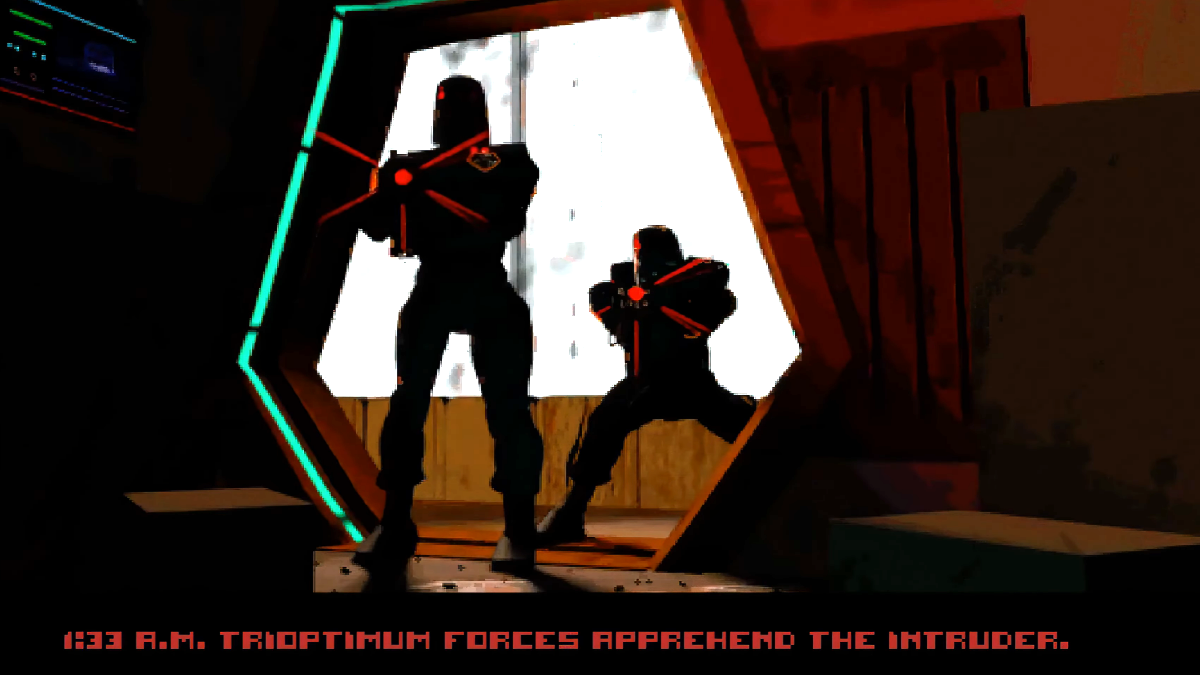
On the hardest difficulty, a real-time seven-hour countdown makes every second of the game tense. As daunting as the station’s twisted and ruined corridors are, you’ve got no time to cower in a corner, as SHODAN’s plots to exterminate humanity are non-stop. When you narrowly prevent the station’s mining laser from firing at Earth’s major cities, you discover that a deadly virus is being grown in the garden groves and will be sent to Earth if you can’t stop it in time. But this was just a distraction – SHODAN is attempting to integrate with Earth’s computer network, gaining full control of… everything. Blowing up the communications antennae still doesn’t put a stop to the adrenaline-pumping nightmare, and things continue to spiral out of control until you’re rushing to the bridge to escape the station before it goes into complete meltdown.
Your only (living) ally is Rebecca Lansing – a counter-terrorism consultant contacting you from Earth. Taking her advice is your best hope of escaping Citadel Station alive, and yet she’s light-years away and doesn’t know much more about what’s going on than you do, which only adds to the constantly-mounting sense of utter panic. And, as SHODAN says: “no one on Earth can help you now.”
Music
Crucial to System Shock‘s mood was the soundtrack, a fast-paced and exciting dose of electronic music with heavy, memorable riffs. The music was dynamic, getting more intense when in combat and slowing down when exploring. The soundtrack always adds to the sense of urgency – if the constant timer in the top right of the screen and the life-or-death plot wasn’t making you panic enough already.
Overall, System Shock remains a must-play nearly 30 years after its release. The heart-pounding action, superb antagonist, dark comedy, and clever level design are as fresh as ever.
Gamers wanting to play the original System Shock can best do so through System Shock: Enhanced Edition – created by Nightdive (the same studio behind the remake). Enhanced Edition preserves the original game in its entirety but adds a few modern features like mouselook, and runs perfectly on modern systems.

